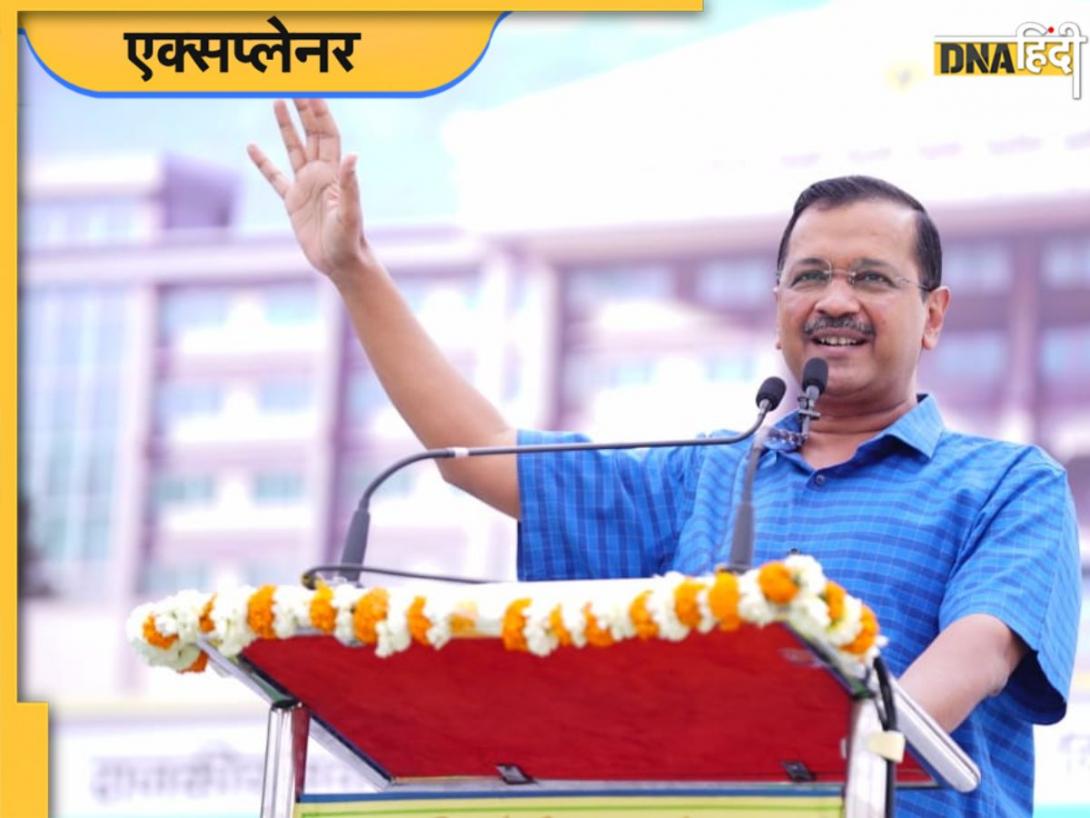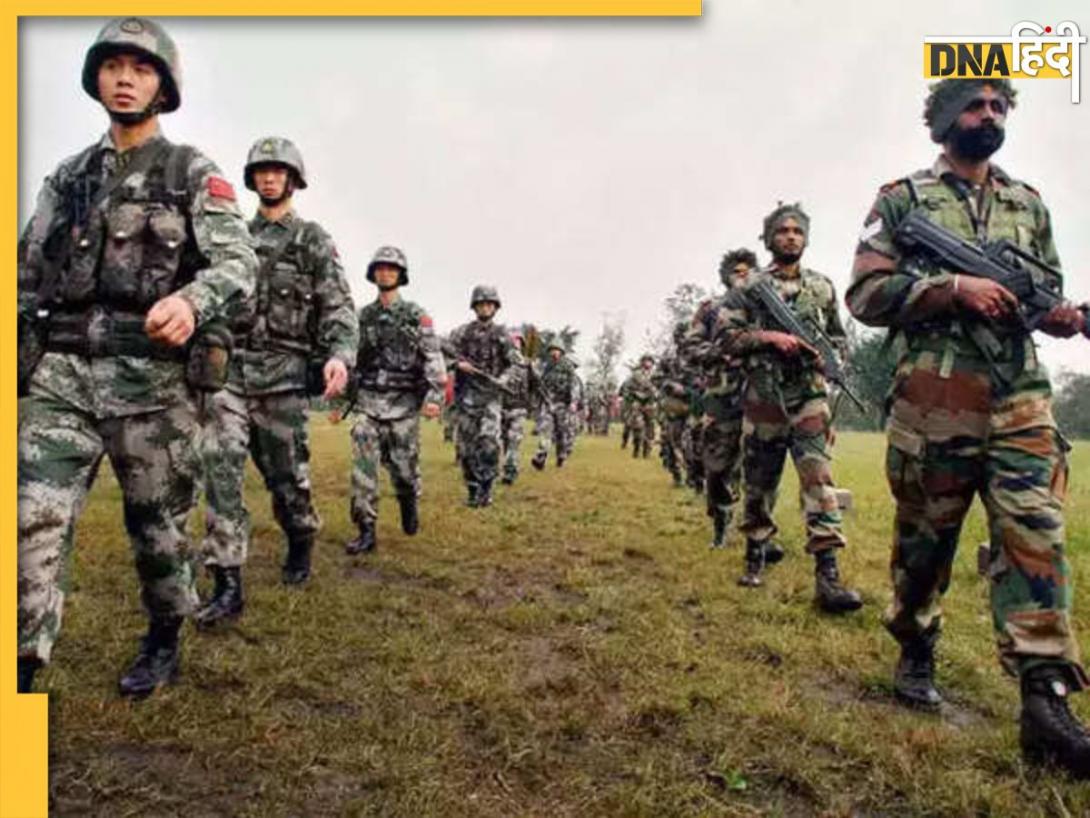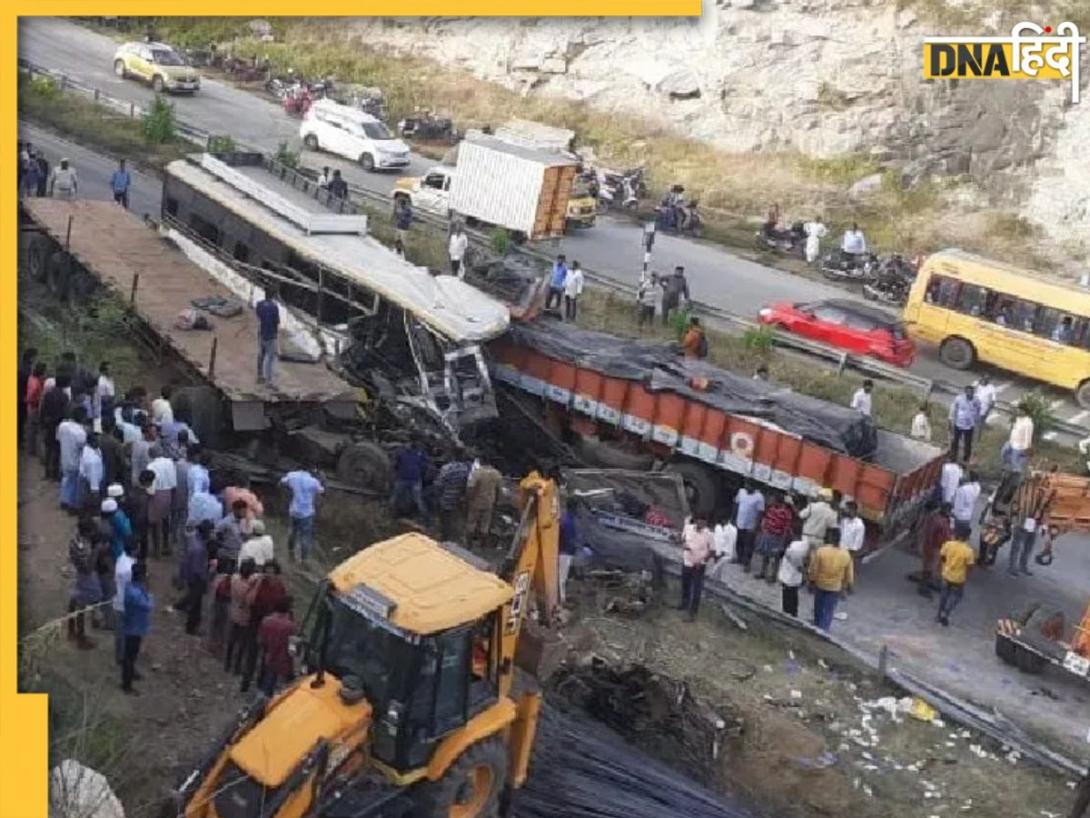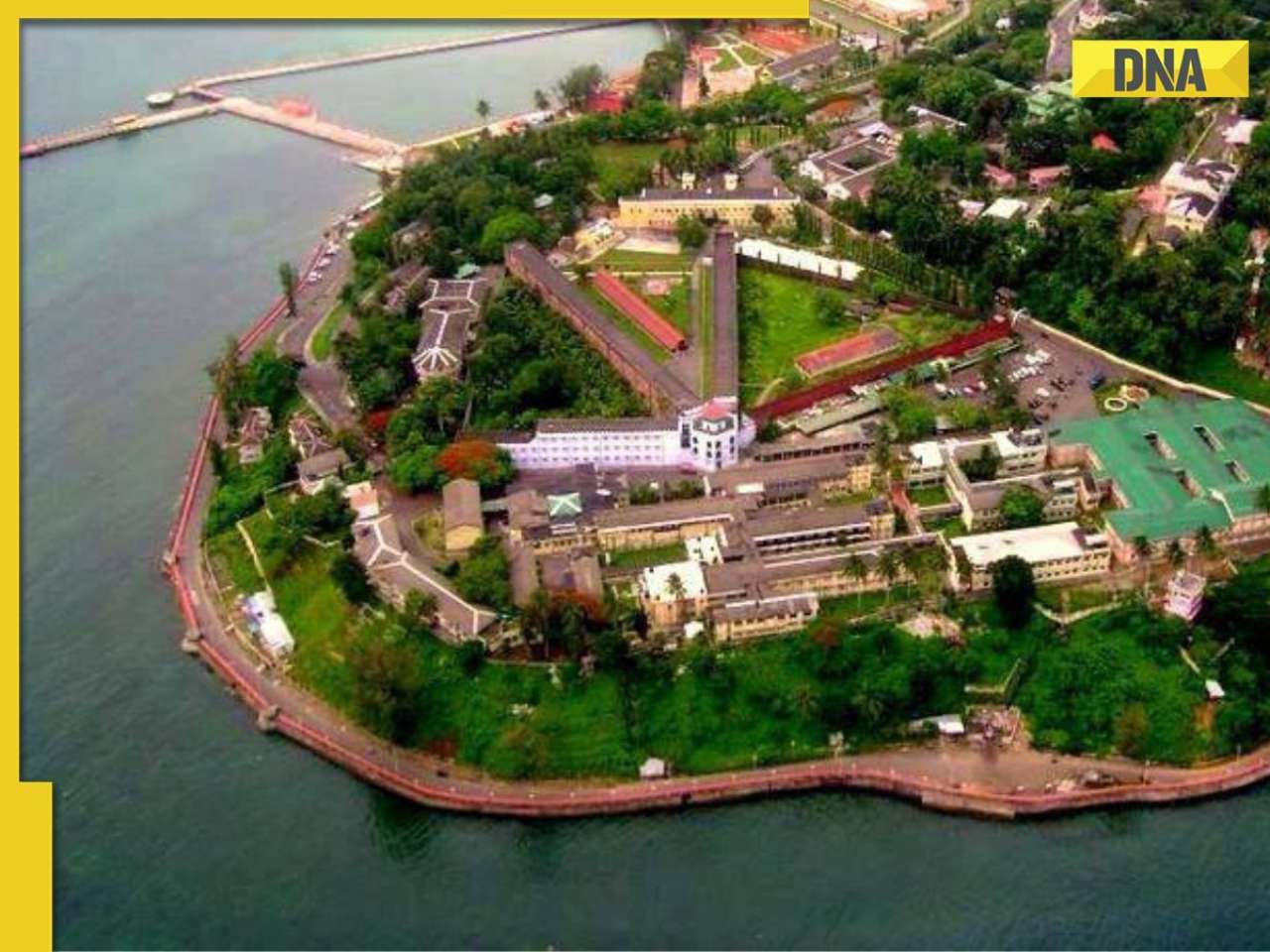An anxious George Fernandes, who was defence minister at the time, urgently flew to Nagpur and addressed the workers on the assembly line, telling them that the nation’s pride depended on their efforts.
Bofors guns were a game-changer in the Kargil War, with the artillery shells being made in Nagpur’s Ordnance Factory Ambajhari. The factory worked quickly to produce the shells needed for the high-altitude battlefield, 2,000 km away from the war zone.
Back in 1999, Ordnance Factory Ambajhari was the only place in India with the right technology and resources to quickly produce the large 155mm shells needed for the guns, Times of India quoted veterans from the ordnance factory as saying.
An anxious George Fernandes, who was defence minister at the time, urgently flew to Nagpur and addressed the workers on the assembly line, telling them that the nation’s pride depended on their efforts. The workers, remembering the event 25 years later, recall how they worked round the clock to make sure there was enough ammunition for the guns during the crucial war with Pakistan.
Fernandes, during his visit to the factory, was brought to tears as he watched workers using tongs to handle scorching hot iron blocks in the extreme June heat of the shell-forging section, recalls a retired union leader. The workers’ extraordinary patriotism and dedication, despite the intense blast-furnace temperatures, eventually led the defence ministry to invest in robotic machines, according to veterans.
As the war intensified along the LoC, the defence minister gathered with workers and officials in Nagpur, telling the workers that the guns were there, but gunpowder was needed. The army was standing up to the enemy and, now, it was up to Nagpur’s Ordnance Factory to ensure that they did not run out of ammunition. His words energised everyone, retired Indian Ordnance Factory Services officer Vinod Munghate told ToI.
Bofors FH77: Kargil’s Unsung Hero
The FH77, also known as the Field Howitzer 77, is a 155mm howitzer from Sweden, developed and produced by Swedish company AB Bofors. In India, it is commonly referred to as the Bofors gun that caused significant casualties to the Pakistani forces during the Kargil War. This conflict marked the first time these guns were used in a direct-fire role. The terrain in the Kargil region is mostly at altitudes above 8,000 feet, which limits the effectiveness of artillery in warfare.
The Indian Army faced a tough challenge in driving out Pakistani soldiers, many of whom were from the Northern Light Infantry regiment. The Pakistani forces were following a strategic military plan to seize key positions on hilltops that overlooked routes linking Siachen and Kashmir Valley with the rest of India.
The Bofors gun, with a range of over 35 km in the high-altitude terrain, was a game-changer for the Indian Army in Kargil. It could fire three rounds in just 12 seconds. Its ability to hit enemy positions at nearly a 90-degree angle allowed it to operate right under the noses of the Pakistani soldiers occupying the hilltops.
The 155mm FH77 Bofors guns outperformed any medium artillery that the Pakistani Army had, allowing the Indian Army to dominate along the LoC a ceasefire was reached in 2003. Powered by a Mercedes Benz engine, the Bofors guns were capable of moving short distances on their own. These guns remained the primary howitzers for the Indian Army in the high altitudes of Kashmir until the M777 howitzers from the US were introduced in 2018.
From Scandal to Kargil Saviour
Amid the challenging terrain of Kargil, the Bofors howitzer, despite its controversial history, emerged as the unsung hero that turned the tide in India’s favour. Although the Bofors name had been embroiled in Indian politics and public debate since the 1980s, following corruption allegations against the Rajiv Gandhi government, it proved its worth on the battlefield.
The Bofors scandal was a significant political and financial controversy centered on allegations of corruption in a defence deal between the Indian government and Swedish arms company AB Bofors. In March 1986, the Rajiv Gandhi government signed a contract with AB Bofors to supply the Indian Army with 400 field guns, specifically 155 mm howitzers. The deal was worth around Rs 1,437 crore (approximately $285 million).
In April 1987, Swedish Radio reported that Bofors had allegedly paid illegal kickbacks to Indian politicians and defence officials to secure the contract. These payments were said to have been funnelled through intermediaries and offshore bank accounts to hide their true source. The political backlash was immense, eventually leading to the resignation of Rajiv Gandhi’s defence minister, Vishwanath Pratap Singh, who then became his main opponent in the next General Elections.
During the 1989 parliamentary elections, such chants as “Gali gali mein shor hai, Rajiv Gandhi chor hai” (There’s a cry in every street, Rajiv Gandhi is a thief) echoed throughout the country. As a result, Rajiv Gandhi’s government fell. Ironically, no wrongdoing was ever proven against Rajiv Gandhi. After his tragic death in 1991, Delhi High Court cleared him of all charges.
(The author of this article is a Defence, Aerospace & Political Analyst based in Bengaluru. He is also Director of ADD Engineering Components, India, Pvt. Ltd, a subsidiary of ADD Engineering GmbH, Germany. You can reach him at: girishlinganna@gmail.com)
Disclaimer: The views expressed in this article are of the author only.
Find your daily dose of news & explainers in your WhatsApp. Stay updated, Stay informed- Follow DNA on WhatsApp.
![submenu-img]() Pusha T, DIVINE to headline second edition of Gully Fest; details inside
Pusha T, DIVINE to headline second edition of Gully Fest; details inside![submenu-img]() This small country has earned more wealth than US, UK, India, China, since 2010, name will leave you surprised
This small country has earned more wealth than US, UK, India, China, since 2010, name will leave you surprised![submenu-img]() Moin Khan slams Pakistan legend for demoralising son Azam Khan for this reason
Moin Khan slams Pakistan legend for demoralising son Azam Khan for this reason![submenu-img]() Yuvraj Singh picks this India star 'to bat for his life'; it's not Virat Kohli, MS Dhoni
Yuvraj Singh picks this India star 'to bat for his life'; it's not Virat Kohli, MS Dhoni![submenu-img]() CBSE issues show-cause notices to 27 schools in Rajasthan and Delhi for...
CBSE issues show-cause notices to 27 schools in Rajasthan and Delhi for...![submenu-img]() Haryana Assembly Elections 2024: हरियाणा में मतदान से पहले बाहर निकले Arvind Kejriwal, 5 पॉइंट में पढ़ें AAP के लिए कितना बदलेगा चुनाव?
Haryana Assembly Elections 2024: हरियाणा में मतदान से पहले बाहर निकले Arvind Kejriwal, 5 पॉइंट में पढ़ें AAP के लिए कितना बदलेगा चुनाव?![submenu-img]() Yogi Adityanath पार लगाएंगे उपचुनाव में UP BJP की नैय्या, इस विभाग में 11,000 पदों पर तत्काल भर्ती का पिटारा
Yogi Adityanath पार लगाएंगे उपचुनाव में UP BJP की नैय्या, इस विभाग में 11,000 पदों पर तत्काल भर्ती का पिटारा![submenu-img]() मोदी सरकार की कूटनीति लाई रंग, गलवान घाटी समेत 4 जगह से पीछे हटी चीनी सेना, खुद कबूला सच
मोदी सरकार की कूटनीति लाई रंग, गलवान घाटी समेत 4 जगह से पीछे हटी चीनी सेना, खुद कबूला सच![submenu-img]() Andhra Pradesh Accident: चित्तूर में बस और ट्रक की टक्कर में 7 लोगों की मौत, CM नायडू ने किया मुआवजे का ऐलान
Andhra Pradesh Accident: चित्तूर में बस और ट्रक की टक्कर में 7 लोगों की मौत, CM नायडू ने किया मुआवजे का ऐलान![submenu-img]() Sonam Kapoor के ससुर ने लंदन में खरीदा आलीशान आशियाना, Shah Rukh के मन्नत से ज्यादा है कीमत
Sonam Kapoor के ससुर ने लंदन में खरीदा आलीशान आशियाना, Shah Rukh के मन्नत से ज्यादा है कीमत![submenu-img]() Ford to return to India after 2 years with reopening of....
Ford to return to India after 2 years with reopening of....![submenu-img]() Maruti Suzuki launches new Swift CNG, check price, mileage, other features
Maruti Suzuki launches new Swift CNG, check price, mileage, other features![submenu-img]() ‘30 LPA, 3BHK, no in-laws’: Woman earning Rs 1.32 lakh salary lists demands for future husband, netizens say...
‘30 LPA, 3BHK, no in-laws’: Woman earning Rs 1.32 lakh salary lists demands for future husband, netizens say...![submenu-img]() In a big EV push, Centre launches Rs 10900 crore PM E-Drive scheme to replace…
In a big EV push, Centre launches Rs 10900 crore PM E-Drive scheme to replace…![submenu-img]() World’s longest car has helipad, swimming pool, mini-golf course, can seat over…; it cost…
World’s longest car has helipad, swimming pool, mini-golf course, can seat over…; it cost…![submenu-img]() CBSE issues show-cause notices to 27 schools in Rajasthan and Delhi for...
CBSE issues show-cause notices to 27 schools in Rajasthan and Delhi for...![submenu-img]() Meet IAS officer, who topped in 10th, 12th, CLAT, received gold medals by CJI, cracked UPSC exam with AIR...
Meet IAS officer, who topped in 10th, 12th, CLAT, received gold medals by CJI, cracked UPSC exam with AIR...![submenu-img]() Meet woman who cleared UPSC exam at 23 with AIR 94, but didn't become IAS officer due to...
Meet woman who cleared UPSC exam at 23 with AIR 94, but didn't become IAS officer due to...![submenu-img]() Meet man, son of juice seller, grew up with limited resources, led carefree life, then cracked NEET in 3rd attempt...
Meet man, son of juice seller, grew up with limited resources, led carefree life, then cracked NEET in 3rd attempt...![submenu-img]() CAT 2024 registrations to end today: Check eligibility, steps to apply and more
CAT 2024 registrations to end today: Check eligibility, steps to apply and more![submenu-img]() Jaishankar: EAM Dr. S. Jaishankar On India-China Relations & Disengagement Problems | Ladakh
Jaishankar: EAM Dr. S. Jaishankar On India-China Relations & Disengagement Problems | Ladakh![submenu-img]() Trump vs Harris: Donald Trump Says He Will Not Debate Kamala Harris Again | US Presidential Debate
Trump vs Harris: Donald Trump Says He Will Not Debate Kamala Harris Again | US Presidential Debate![submenu-img]() Delhi Gym News: Afghan-Origin Gym Owner Shot Dead In Delhi | Caught On CCTV
Delhi Gym News: Afghan-Origin Gym Owner Shot Dead In Delhi | Caught On CCTV![submenu-img]() Malaika Arora Father Death: Anil Mehta's Final Words To His Daughter Malaika Arora
Malaika Arora Father Death: Anil Mehta's Final Words To His Daughter Malaika Arora![submenu-img]() Chandigarh Blast: Grenade Explosion In Sector 10; Auto Driver Arrested, Investigation Ongoing
Chandigarh Blast: Grenade Explosion In Sector 10; Auto Driver Arrested, Investigation Ongoing![submenu-img]() How Harshita Transformed SMS Collections at a Leading Financial Institution
How Harshita Transformed SMS Collections at a Leading Financial Institution![submenu-img]() Engineering Excellence: An In-Depth Conversation with Swetha Singiri
Engineering Excellence: An In-Depth Conversation with Swetha Singiri![submenu-img]() Meet man, who became crorepati in his 20s, bought luxurious cars, then lost it all due to…
Meet man, who became crorepati in his 20s, bought luxurious cars, then lost it all due to…![submenu-img]() Rajkumar: Revolutionizing the IT Landscape through Innovation and Impact
Rajkumar: Revolutionizing the IT Landscape through Innovation and Impact![submenu-img]() SEBI chief, her husband term all allegations against them as 'false, incorrect, malicious and motivated'
SEBI chief, her husband term all allegations against them as 'false, incorrect, malicious and motivated'![submenu-img]() Deepika Padukone, Ranveer Singh pose with their newborn baby girl in photoshoot? Here's the truth behind viral pictures
Deepika Padukone, Ranveer Singh pose with their newborn baby girl in photoshoot? Here's the truth behind viral pictures![submenu-img]() 7 most common things people have left behind in hotel rooms
7 most common things people have left behind in hotel rooms![submenu-img]() Mukesh Ambani's daughter-in-law Radhika Merchant wore her sister Anjali's necklace for the wedding, here's why
Mukesh Ambani's daughter-in-law Radhika Merchant wore her sister Anjali's necklace for the wedding, here's why![submenu-img]() Bollywood's biggest villain was a clerk; rejected for being 'too scary', later became richer than heroes, net worth is..
Bollywood's biggest villain was a clerk; rejected for being 'too scary', later became richer than heroes, net worth is..![submenu-img]() Meet Akshay Kumar's 'sister', 90s pop star who gave blockbusters at 16; left films forever at career’s peak, is now...
Meet Akshay Kumar's 'sister', 90s pop star who gave blockbusters at 16; left films forever at career’s peak, is now...![submenu-img]() Maharashtra leads FDI with Rs 70,995 crore in Q1FY25
Maharashtra leads FDI with Rs 70,995 crore in Q1FY25![submenu-img]() Travel Insurance 2024: Stress-free US trip for Indian travelers
Travel Insurance 2024: Stress-free US trip for Indian travelers![submenu-img]() Delhi CM Arvind Kejriwal walks out of Tihar Jail after 6 months as SC grants bail in excise policy case
Delhi CM Arvind Kejriwal walks out of Tihar Jail after 6 months as SC grants bail in excise policy case![submenu-img]() Port Blair, capital of Andaman and Nicobar Island get a new name, know what it is
Port Blair, capital of Andaman and Nicobar Island get a new name, know what it is![submenu-img]() Petronas takes lead in supercharging India’s energy transition
Petronas takes lead in supercharging India’s energy transition













































)
)
)
)
)
)
)
)
)
)
)
)
)
)
)





)
)
)
)
)
)